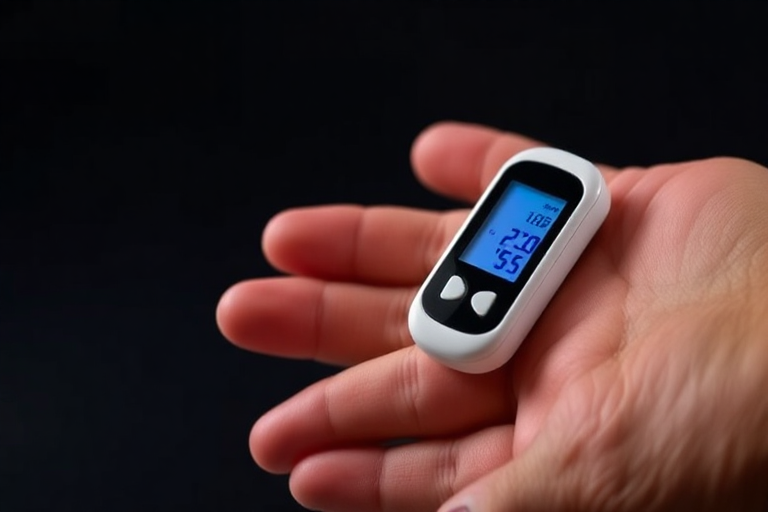Maintaining optimal blood sugar levels is crucial for overall health, especially for individuals with diabetes or those at risk of developing the condition. Blood sugar, or glucose, is the primary source of energy for the body’s cells, and its regulation is essential for preventing complications such as nerve damage, cardiovascular disease, and kidney failure. In this article, we will delve into the importance of blood sugar health and explore how glucose monitoring devices can help individuals manage their levels effectively.
Blood sugar levels are influenced by various factors, including diet, physical activity, stress, and medication. For people with diabetes, the body either does not produce enough insulin (Type 1 diabetes) or cannot use insulin effectively (Type 2 diabetes). Insulin is a hormone that helps glucose enter the cells, where it is used for energy. Without proper insulin function, glucose builds up in the bloodstream, leading to high blood sugar levels, or hyperglycemia. Conversely, low blood sugar, or hypoglycemia, can occur if there is too much insulin or insufficient glucose in the blood.
Regular monitoring of blood sugar levels is essential for managing diabetes and preventing complications. This is where glucose monitoring devices come into play. These devices allow individuals to measure their blood sugar levels at home, providing real-time data that can inform dietary choices, physical activity, and medication adjustments. There are several types of glucose monitoring devices available, each with its own set of features and benefits.
One of the most common types of glucose monitoring devices is the blood glucose meter. This device requires a small blood sample, typically obtained by pricking the finger with a lancet. The blood is then placed on a test strip, which is inserted into the meter. Within seconds, the meter displays the blood sugar level. Blood glucose meters are portable, easy to use, and provide accurate results, making them a popular choice for daily monitoring.
Continuous glucose monitors (CGMs) are another option for individuals who require more frequent monitoring. CGMs consist of a small sensor inserted under the skin, which measures glucose levels in the interstitial fluid (the fluid between cells) throughout the day and night. The sensor sends data to a receiver or smartphone app, allowing users to track their glucose levels in real-time and receive alerts if levels are too high or too low. CGMs are particularly beneficial for individuals with Type 1 diabetes or those who experience frequent fluctuations in blood sugar levels.
In addition to traditional glucose monitoring devices, there are also non-invasive options available. These devices use technologies such as infrared light or ultrasound to measure glucose levels without the need for blood samples. While non-invasive devices are still in the early stages of development and may not be as accurate as traditional methods, they offer a promising alternative for individuals who are uncomfortable with finger pricks or who require frequent monitoring.
Managing blood sugar levels is not just about monitoring; it also involves making lifestyle changes to support overall health. A balanced diet rich in whole grains, lean proteins, healthy fats, and vegetables can help stabilize blood sugar levels. Regular physical activity, such as walking, swimming, or cycling, can improve insulin sensitivity and help the body use glucose more effectively. Stress management techniques, such as meditation or deep breathing exercises, can also play a role in maintaining healthy blood sugar levels.
In conclusion, maintaining healthy blood sugar levels is essential for preventing complications associated with diabetes and promoting overall well-being. Glucose monitoring devices, such as blood glucose meters and continuous glucose monitors, provide valuable tools for individuals to track their levels and make informed decisions about their health. By combining regular monitoring with a healthy lifestyle, individuals can take control of their blood sugar health and reduce the risk of long-term complications.

